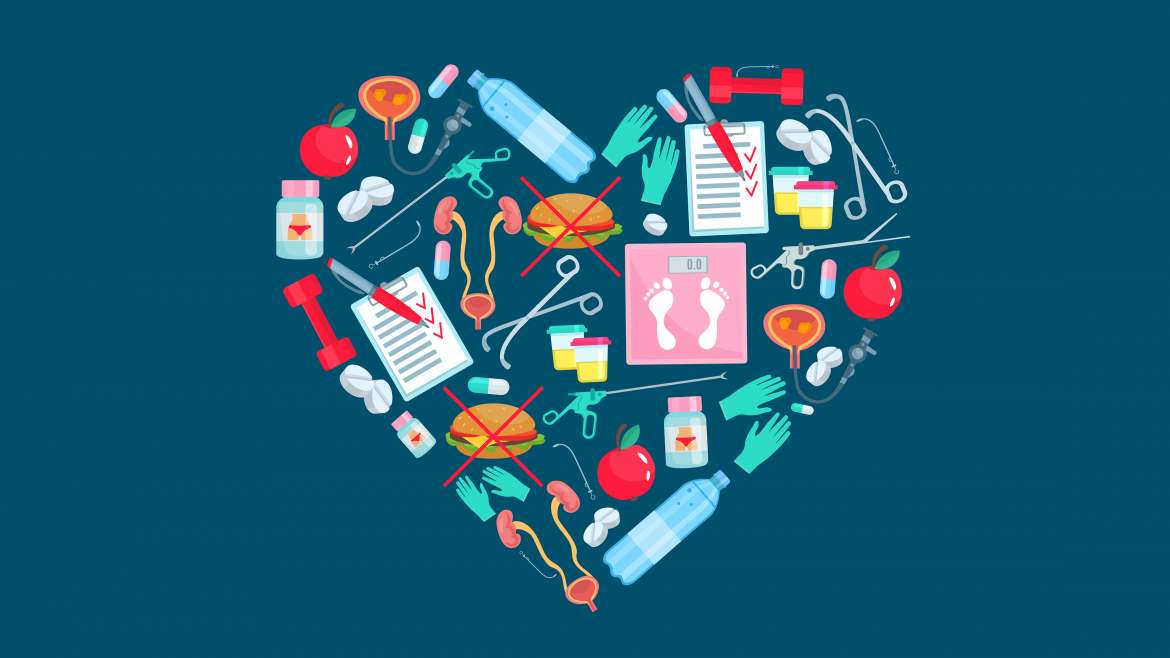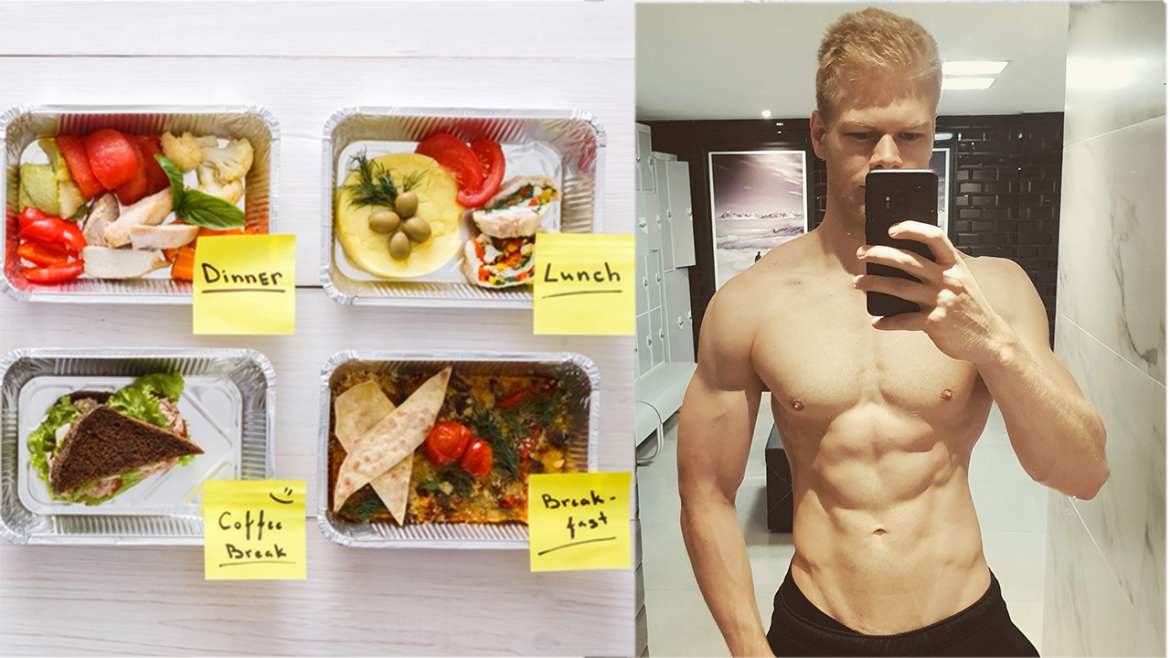Changing your diet to improve your health and to lose weight usually goes hand in hand. Foods that are generally regarded as healthy – like vegetables, grains and fruits – are also low in calories, promote satiety and are great for weight loss.
Depending on what your current diet looks like, including these foods while also implementing the most important weight loss principles (1. creating a calorie deficit, 2. watching your macronutrients and 3. finding the right meal structure) can be a pretty big change.
I will now present you my game plan for breaking down a new meal plan and making gradual changes to your diet so you won’t feel overwhelmed and have to do everything at once. Of course, if you already have some experience you might not need this plan as it is made for people who prefer small changes.
I want to give you some tips to help increase the chances that your transition to weight loss and healthy eating is as smooth as possible and leads to long-term changes.
The following strategy includes three steps. If you are just getting started and don’t have a lot of experience with dieting then I want you to make small changes and only go one step at a time. Don’t make any more changes or go to the next step until you get used to the first change.
A lot of people try everything at once and end up getting nowhere. Many of them then think that “healthy eating is just too hard for my busy life” and give up quickly. But if you make small changes and get used to them before taking the next step it never feels like too much and will be a lot better in the long run.
Step 1: Healthy Foods & Calorie Deficit
As a first step, calculate your daily calories and subtract 20% from it. Next, make sure to reach those calories by eating mostly healthy foods. This means that you have to try to, as best you can, eat a diet based on lean proteins, fruits, veggies, whole grains and healthy fat sources.
Can you have some junk food here and there? You bet! Just don’t make it ALL the time and keep overall calories in check. If you do this you will already see good results because you have your calorie deficit in place and will be getting enough vitamins and minerals from your food sources.
Step 2: Watching Your Macronutrients
In the next step, I want you to track your daily macros, especially protein to make sure you are getting enough for muscle maintenance. A good idea is to build every meal and snack around a protein source.
This can be a piece of chicken, meat or fish or if you are a vegan than maybe some beans and nuts. Once you have the protein, you can add veggies and some fruits as well.
This will already be a pretty filling meal but if you need additional energy for workouts then also include quality carbs like rice, potatoes or quinoa. You don’t really need to include dietary fat in your meals but make sure to reach your overall total for the day.
Step 3: Meal Structure & Schedule
Now that you have a calorie deficit in place, eat mostly healthy foods and reach your macros every day you are pretty much set. There is one more thing though that will help you stick to this die in the long run. And that’s a meal schedule.
Try to eat your breakfast, lunch, dinner and snacks about the same size and time every day. Even though you probably remember that I said meal timing doesn’t matter in an earlier post, it’s still a good psychological anchor to always eat your meals at the same time and same size.
This will really make it easier to stick to the plan and if you get to this point and feel comfortable with the changes you made to your overall diet then you are golden. This is pretty much the perfect set up for long-term success.



